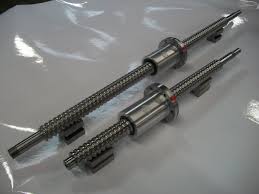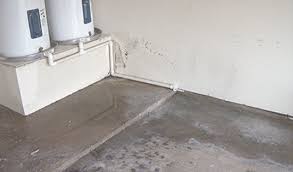Fly by wire flight system performs automatic signals sent by aircraft computers to perform functions without pilot input, such as on systems that automatically help stabilize aircraft, or prevent unsafe aircraft operations Flight control systems that use computers to process flight control inputs carried out by Pilots or Autopilot, and send the appropriate electrical signals to the flight control surface actuators. It’s replacing mechanical linkages and Pilot Input does not directly move the control surface. It also inputs read by the Sensor that is sent to the Computer, processing then determining how to move to the control surface to achieve what the pilot wants. Aside from that, if you are working on a plane that uses this flight system but its ball screws are damaged, we recommend you to bring them to a trustworthy ball screw cnc machine company.
The advantages of the FBW flight system:
Reducing weight.
Increase reliability.
Damage tolerance.
More effective control over aircraft that is very Maneuverable.
The first aircraft that had an FBW for all flight controls in lieu of Direct Mechanical or Hydraulic Operations, was the 1973 F-16.
Military jets for airplane agility that are relatively unstable, FBW provides the ability to ensure that an increase in Angle of Attack or Sideslip is detected and automatically completed. By turning slightly on the control surface.
This enables a very reliable flight envelope performance protection system, which provides system functions at a normal level, significantly increasing security. The principle used is error control where the control surface position (Output Signal) is felt and ‘fed back’ to the Flight Control Computer.
When an Input Signal is created by a Pilot or Autopilot, the difference between the current position of the control surface and the desired control surface position is indicated by the order analyzed by the Computer and the corresponding Corrective Signal sent Electrically to the Control Surface.
The Feedback Compensation Function as Error Control and FCC governs the system by comparing the Output Signal to the Input Signal. Each error between the two becomes a command to the flight control surface until the Output is the same as the Input.







